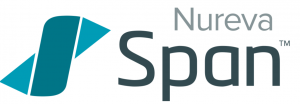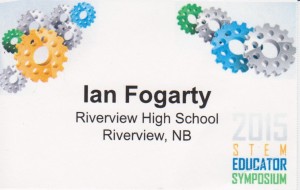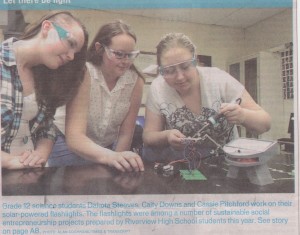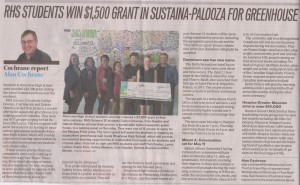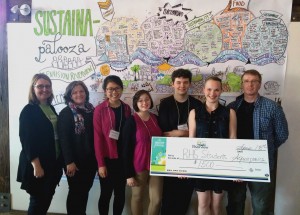In August, I attended Learn East. For the first time in a long time, I went solely as a learner. I helped a bit in the maker space with Jacob, but he did not really need any help.
Listening to Sally Ng talk about how much she loved tech and STEM and one “women in comp sci” image of a person behind a screen all day turned her off, was so instructional. One poor 20 min presentation turned her off her talent. Fortunately, she has many talents upon which she can draw.
I was able to met and chat with David Alston. For a while, we have been moving AROUD each other. We finally got a chance to chat. I think there will be some synergy here.
The new SMART Tech rep was there. When he found out I was in the building, he removed the “FOGARTY-STUDY (still spelled wrong)” from his deck.
Found out that Partners in Learning is going to do an Ed Camp 21 in Freddy soon. I wonder if Lia will be coming??
Bryan Facey and Jeff Whipple run a fantastic session. I am so luck to spend time with both of them. They are so generous to me. Here’s hoping for more in the future.

